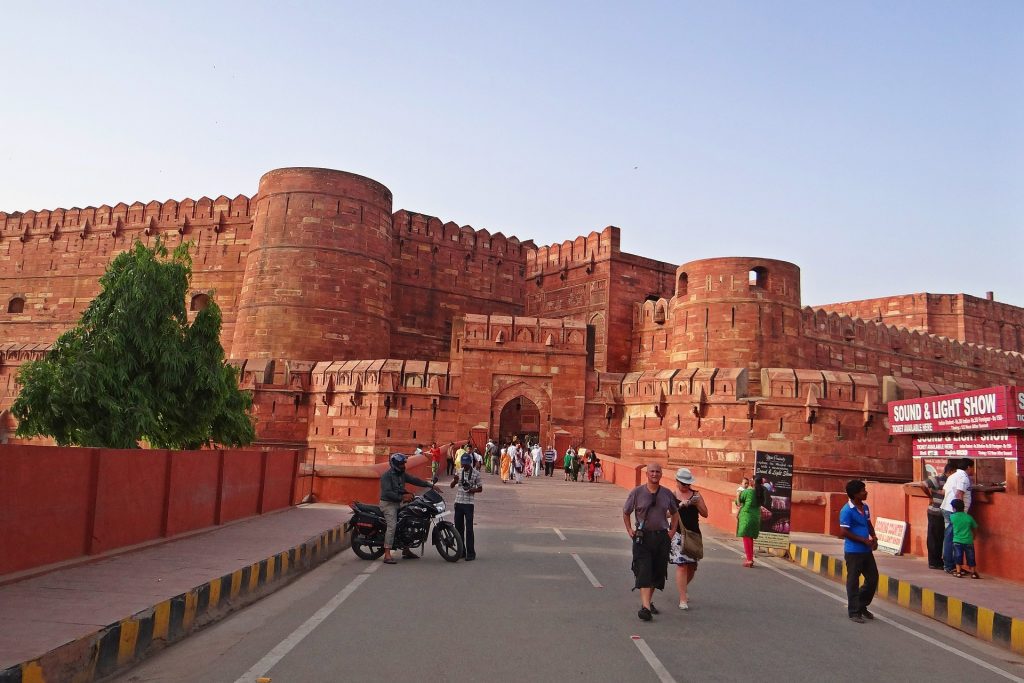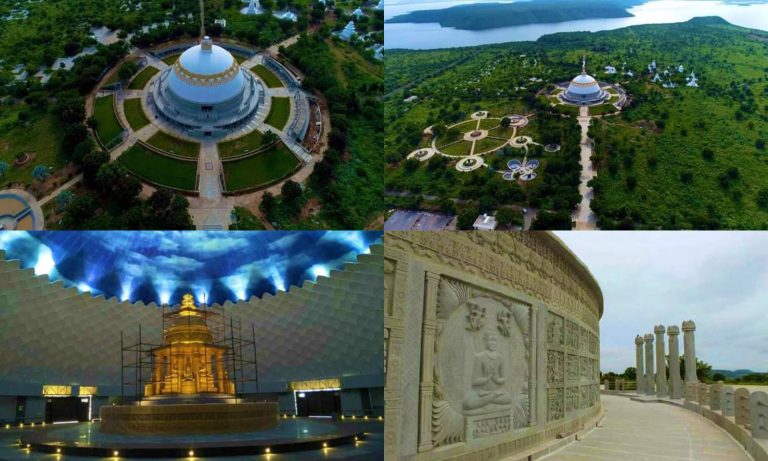Agra Fort, Uttar Pradesh
Agra Fort, Uttar Pradesh
Agra Fort is a grand fortress located in Agra, Uttar Pradesh, India. Built by the Mughal Emperor Akbar in the late 16th century, the fort served as the primary residence of the Mughal emperors for nearly a century. The fort is made of red sandstone and is considered one of the most important examples of Mughal architecture in India. The fort is a UNESCO World Heritage Site and attracts millions of visitors each year.
The fort features a variety of palaces, halls, and mosques, including the Jahangir Palace, the Khas Mahal, and the Diwan-i-Khas. The Jahangir Palace was the residence of the Mughal emperor Jahangir and the Khas Mahal was the private palace of Emperor Shah Jahan. The Diwan-i-Khas was a hall of private audience and was used by the emperor to receive important dignitaries.
One of the most striking features of the Agra Fort is its impressive defensive walls and gates. The fort is surrounded by a thick wall, which protected it from enemy attacks and is punctuated by several gates, including the Delhi Gate, the Lahore Gate, and the Amar Singh Gate.
The fort also offers a stunning view of the Taj Mahal, which is located just 2.5 kilometers away. The Agra Fort is a great example of Mughal architectural brilliance and is a must-visit for history and architecture enthusiasts. The fort is a great representation of the rich cultural heritage of India and showcases the grandeur of the Mughal Empire.

History of Agra Fort, Uttar Pradesh
Agra Fort is a grand fortress located in the city of Agra, Uttar Pradesh, India. The fort has a rich history dating back to the 16th century and is considered one of the most important examples of Mughal architecture in India.
The fort’s history begins with the Mughal Emperor Akbar, who built the fort in 1565 using red sandstone. Akbar was known for his military prowess and his efforts to expand the Mughal Empire. He used the fort as his residence and as the center of government for the empire. Under his rule, the fort underwent many additions and renovations, including the construction of several palaces, halls, and mosques.
Emperor Shah Jahan, who is best known for building the Taj Mahal, also lived in the Agra Fort and made several additions to it. During his reign, the fort was converted into a grand palace and many of the buildings within it were decorated with intricate carvings and inlaid with precious stones. The fort continued to be an important residence for the Mughal emperors until the fall of the Mughal Empire in the 18th century.
The Agra Fort has played a significant role in Indian history and has been a witness to the rise and fall of several empires. In the 18th century, the fort was captured by the Marathas and later by the British East India Company. The British used the fort as a military garrison and a prison.
Today, the Agra Fort is a UNESCO World Heritage Site and attracts millions of visitors each year. Visitors can explore the various palaces, halls, and mosques within the fort and take in the stunning views of the surrounding city. The Agra Fort is a must-visit for anyone interested in the rich history and culture of India and it’s a great representation of the grandeur of the Mughal Empire.

Agra Fort : Opening and Closing Times
The Agra Fort is open to visitors every day of the week. The timing for visiting the fort varies depending on the season.
- In the peak season, from October to March, the fort is open from sunrise to sunset, typically from 6:00 AM to 6:00 PM.
- In the off-season, from April to September, the fort is open from sunrise to sunset, typically from 6:00 AM to 5:00 PM.
It’s worth to mention that the timings may be subject to change depending on the government regulations. Visitors are advised to check the official website or contact the local authorities for the most up-to-date information on visiting hours.
It’s also important to mention that the fort usually takes around 2-3 hours to explore, and tickets are required for entry. It’s advisable to get the tickets in advance to avoid long queues and to have a smooth experience.






